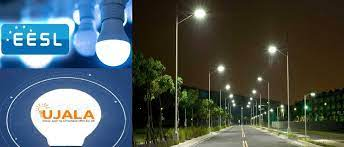Free Courses Sale ends Soon, Get It Now


Free Courses Sale ends Soon, Get It Now



Copyright infringement is not intended
Context: The Ministry of Power has released a report on UJALA and SLNP programmes.
About UJALA and SLNP programmes
Key Features of the UJALA programme
Key Features of Street Light National Programme
Present Status
Way Forward
https://www.pib.gov.in/PressReleasePage.aspx?PRID=1808264
© 2024 iasgyan. All right reserved